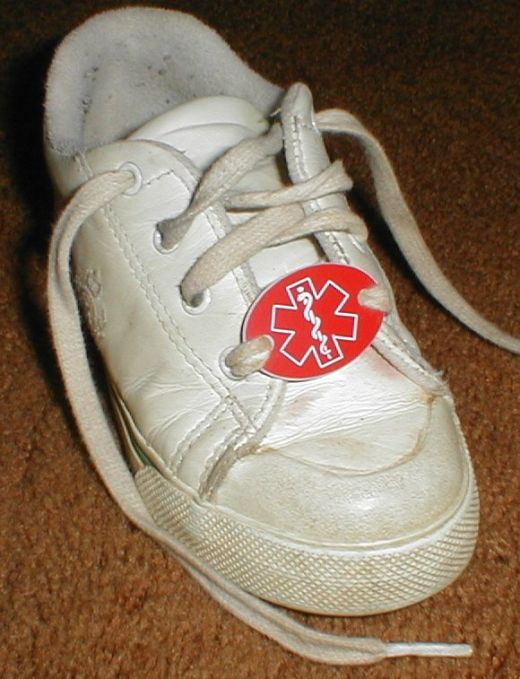Terri Waller, a Master of Public Administration student at Troy University and a certified food safety manager and instructor, writes in this guest blog:
I come from a long line of diabetics, Type I and II. We hold the importance of medical identification jewelry close to our hearts — literally. Being a  foodservice professional and having to wear medical identification jewelry myself, it’s sad that the only piece of jewelry approved to be worn by foodservice professionals working in kitchens is a plain band ring.
foodservice professional and having to wear medical identification jewelry myself, it’s sad that the only piece of jewelry approved to be worn by foodservice professionals working in kitchens is a plain band ring.
Foodservice professionals (owners, managers and policy makers) should be made aware of alternatives to medical identification wrist bracelets and medical identification necklaces. In a life or death situation it’s more important to me for my colleagues to know that I am diabetic or allergic to penicillin instead of them knowing that I am married or in a committed relationship.
Medical Identification started with military Dog Tags, which evolved into Medical Bracelets. The dog tags were primarily used for the identification of the dead and wounded along with providing essential basic medical information for treatment. During World War I an additional red tag with pertinent information was issued and worn with the dog tags to identify military members with medical conditions that required special attention.
Because foodservice professionals are not able to wear wrist bracelets or necklaces, here are two life-saving alternatives: ankle braclets or shoe tags.
If an individual is unconscious or otherwise unable to communicate, when an Emergency Medical Technicians (EMT) arrives on the scene they are trained to look for medical identification information to communicate  to them any vital information when time is crucial. It is important that hiring/HR managers as well as employees are aware of these alternatives because they can be the difference between life and death. EMTs serve as a means for people to get access to medical care in times when they are in most desperate need for it—help them save a life by informing managers and employees on the alternatives.
to them any vital information when time is crucial. It is important that hiring/HR managers as well as employees are aware of these alternatives because they can be the difference between life and death. EMTs serve as a means for people to get access to medical care in times when they are in most desperate need for it—help them save a life by informing managers and employees on the alternatives.
